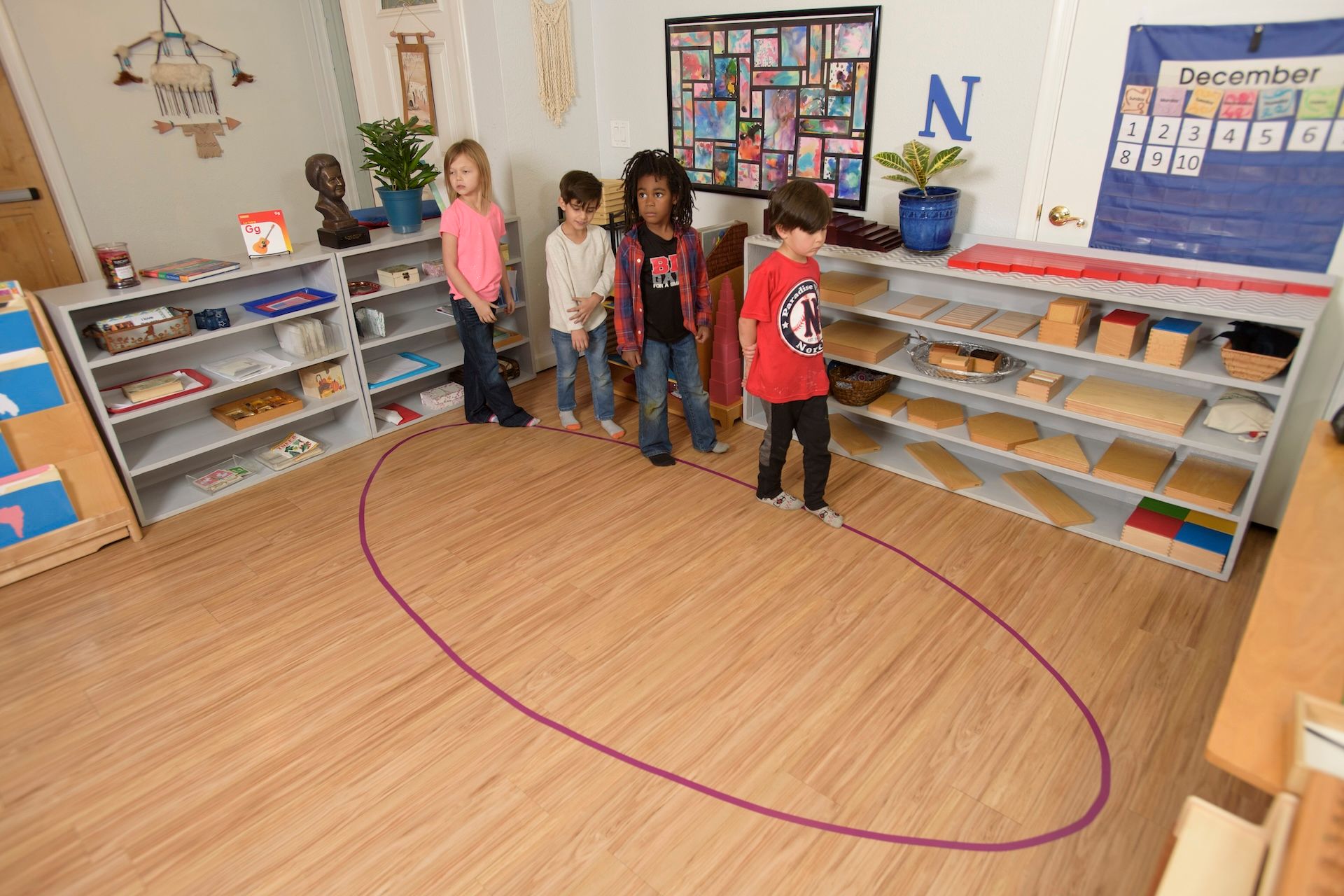
As a parent, you’re probably curious about what your child is doing at school each day. One key aspect of an elementary schooler’s day involves outdoor exploration. Academic classroom work is important, but children also learn by hands-on exploration of the real world.
Montessori schools make time each day for students to go outside and we also schedule regular field trips. Keeping a nature journal alongside these activities helps students document what they’re learning in the outdoor world and strengthen their skills. We don’t just want to teach science. We also want to get children excited about the possibilities out there in the real world.
What’s A Nature Journal?
A nature journal is a notebook that children take outside with them to document their observations. It gives them a place to take notes and draw pictures of the plants, animals, and locations they get to explore each day. They’ll often take the journal with them on field trips as well, to places like The Dallas World Aquarium and The Dallas Zoo.
Nature journals blend creativity and scientific observation to help children remember and assimilate information. It’s a way for children to take ownership of how they learn and document their own discoveries.
Hands-On Science
By spending time in nature, we’re providing hands-on experience with botany, biology, chemistry, and many other natural sciences. Children learn about botany by studying and collecting plants. They’ll learn about biology by observing small animals. They’ll learn about geology as they inspect rocks and soil outdoors.
As children get older, the firsthand experience they got while exploring the world outdoors carries over to the classroom. Here at Pebblecreek, we’re continually working to include more hands-on activities and experiments in all of our science programs. We want to make science interesting for children.
Strengthening Skills
When students keep nature journals of their outdoor finds, it gives teachers a way to track their growth in skills like observation, art, and writing. As your kids learn more about their world, they also learn to write their own observations in their own words. In addition, the journals give us a way to direct students’ excitement from being outdoors into learning activities.
We can also use the nature journals as a jumping-off point for other activities. For example, if we’re teaching students how to use a digital camera, we can take notes in our journals about the things we photograph and then print pictures to paste into the journal.
When students keep nature journals, they’re strengthening writing and observation skills that carry over into practical life outside the classroom. They’re also learning a love of nature that they can carry on into adult life as contentious people who care about the world around them.
The post Why Montessori Students Keep Nature Journals appeared first on Pebblecreek Montessori.
Hours
MONDAY - FRIDAY
HALF DAY: 8:30a – 12 noon
ACADEMIC DAY: 8:30a – 3:30p
EARLY CARE: 7:00a – 8:30a
AFTER CARE: 3:30p – 6:00p
OFFICE: 8:00a - 4:00p
Programs
Connect
Pebblecreek Montessori




